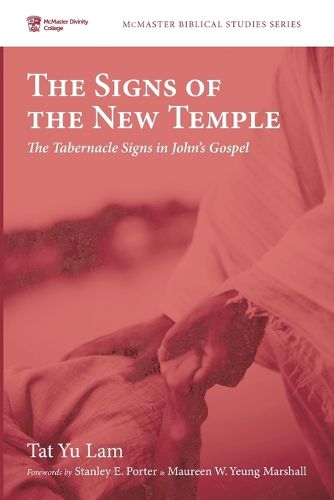Readings Newsletter
Become a Readings Member to make your shopping experience even easier.
Sign in or sign up for free!
You’re not far away from qualifying for FREE standard shipping within Australia
You’ve qualified for FREE standard shipping within Australia
The cart is loading…






This title is printed to order. This book may have been self-published. If so, we cannot guarantee the quality of the content. In the main most books will have gone through the editing process however some may not. We therefore suggest that you be aware of this before ordering this book. If in doubt check either the author or publisher’s details as we are unable to accept any returns unless they are faulty. Please contact us if you have any questions.
Recent monographs on Johannine signs tend to focus on a single sign. Other studies that examine multiple signs mainly focus on the first half of John's Gospel. In Christian circles, most preachers and believers remain preoccupied by the traditional view that John's Gospel contains only seven signs. However, what constitutes a sign for John, and how signs function to achieve the purpose of the Gospel (John 20:30-31) is far from settled. Three features of this book explore important clues for solving this puzzle: (1) a fresh hypothesis that Jesus's signs correspond to the four tabernacle signs (a pot of manna, Aaron's staff, the bronze altar cover, and the bronze serpent), which makes sense given the tabernacle/temple theme of John's Gospel; (2) a complete study that examines Johannine signs in the whole Gospel systematically to reveal how signs develop the book's purpose; and (3) an adaptation of a sociolinguistic theory to examine the corresponding texts of the Old Testament and New Testament in light of how language functions in a social event. The author will show how Jesus's signs fulfill the functions of the four tabernacle signs, and how Jesus's crucifixion is the "all-inclusive" sign in witnessing to his identity.
$9.00 standard shipping within Australia
FREE standard shipping within Australia for orders over $100.00
Express & International shipping calculated at checkout
This title is printed to order. This book may have been self-published. If so, we cannot guarantee the quality of the content. In the main most books will have gone through the editing process however some may not. We therefore suggest that you be aware of this before ordering this book. If in doubt check either the author or publisher’s details as we are unable to accept any returns unless they are faulty. Please contact us if you have any questions.
Recent monographs on Johannine signs tend to focus on a single sign. Other studies that examine multiple signs mainly focus on the first half of John's Gospel. In Christian circles, most preachers and believers remain preoccupied by the traditional view that John's Gospel contains only seven signs. However, what constitutes a sign for John, and how signs function to achieve the purpose of the Gospel (John 20:30-31) is far from settled. Three features of this book explore important clues for solving this puzzle: (1) a fresh hypothesis that Jesus's signs correspond to the four tabernacle signs (a pot of manna, Aaron's staff, the bronze altar cover, and the bronze serpent), which makes sense given the tabernacle/temple theme of John's Gospel; (2) a complete study that examines Johannine signs in the whole Gospel systematically to reveal how signs develop the book's purpose; and (3) an adaptation of a sociolinguistic theory to examine the corresponding texts of the Old Testament and New Testament in light of how language functions in a social event. The author will show how Jesus's signs fulfill the functions of the four tabernacle signs, and how Jesus's crucifixion is the "all-inclusive" sign in witnessing to his identity.